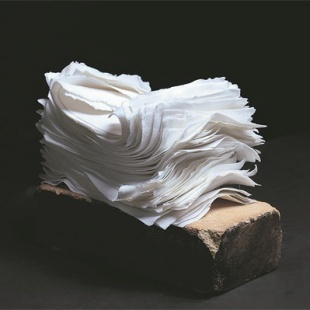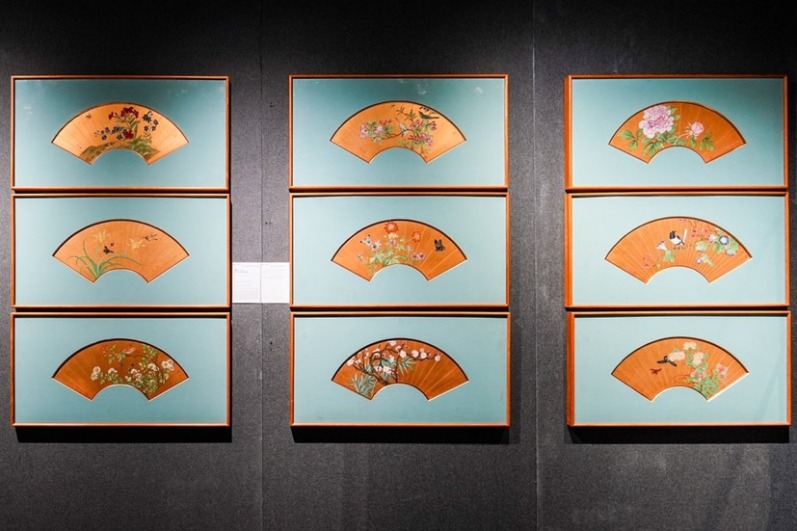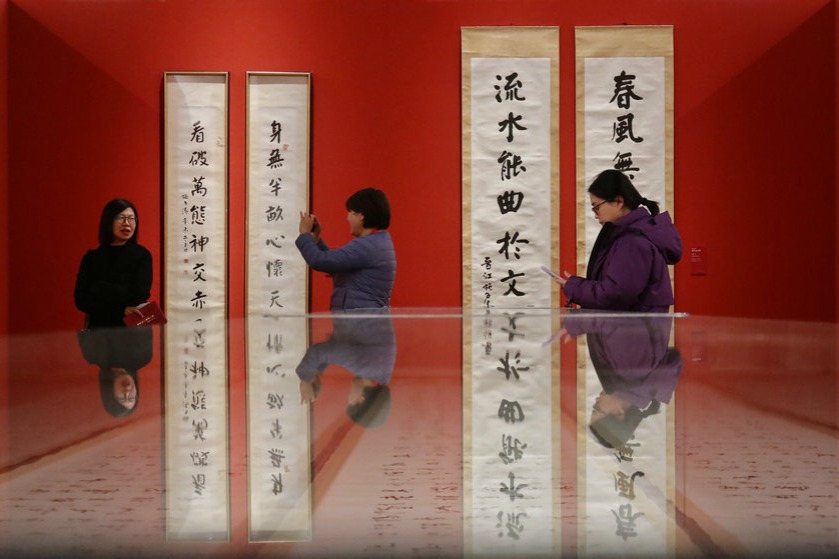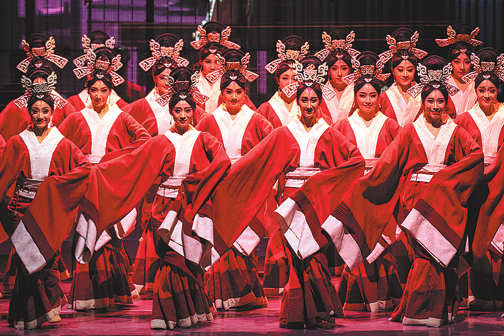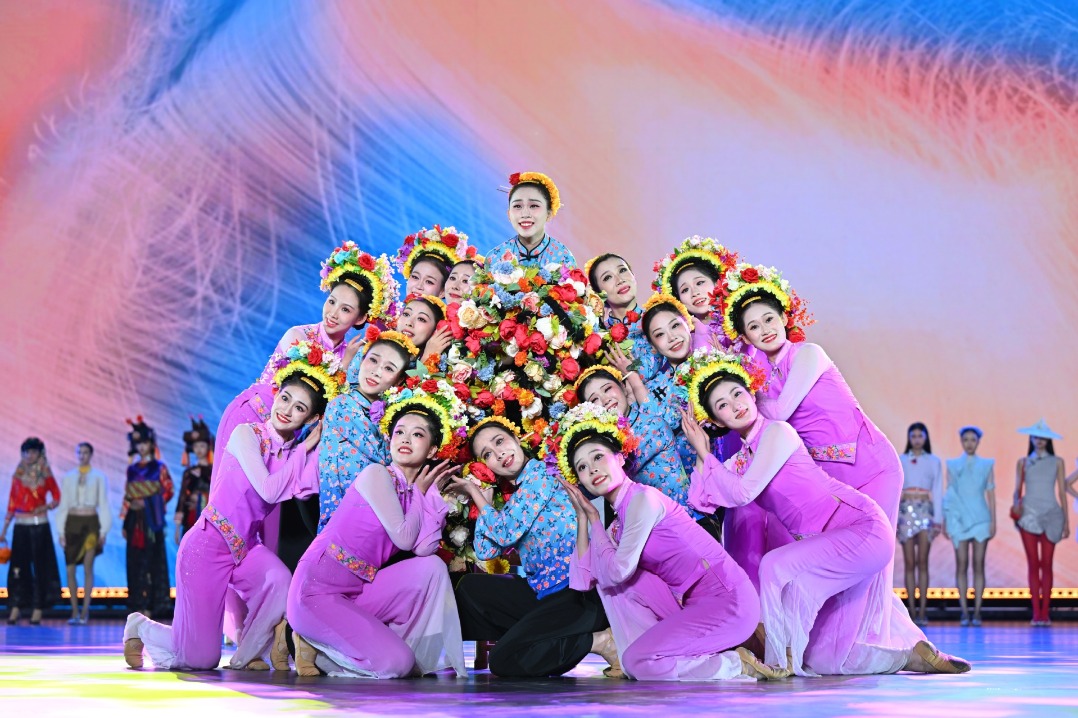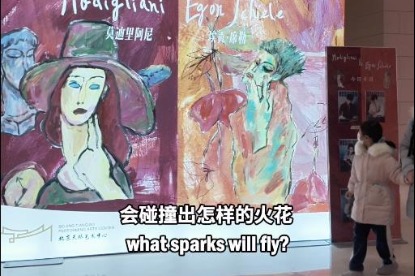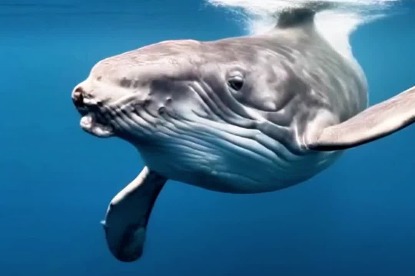Delicate wares exhibit county's resilience

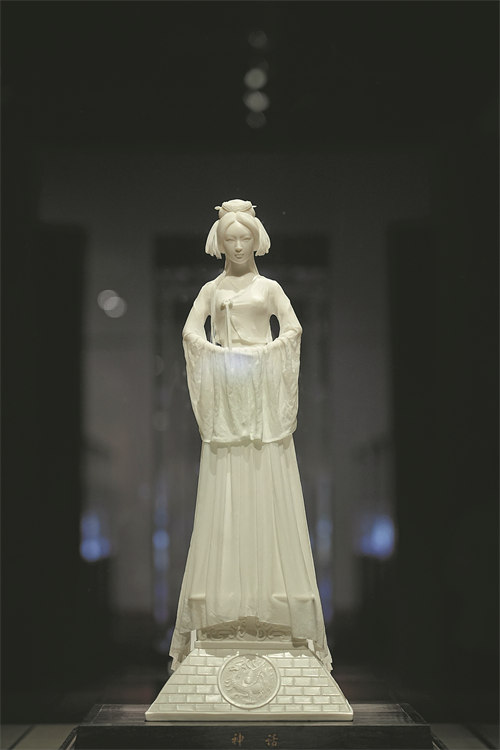
Almost everybody from Dehua has a connection to porcelain, he says. "In our community, you will always find some craftsmen in this trade from each generation."
His father worked with porcelain production materials, and he became attracted to the porcelain sculptures that depict human figures. "I have always been interested in China's traditional culture, so I decided to create my own interpretation of traditional subjects."
On exhibition are two of Li's 18 Arhats series, which tell of the feats of legendary Buddhists. Each standing 62 centimeters tall and 45 centimeters wide, the sculptures depict two Buddhist monks conquering a tiger and dragon, respectively.
"You see the tiger's mouth opening to bite, but as its eyes meet with those of the Arhat, the paws are half-dropped, right at the moment it was tamed," he says.
The second chapter of the exhibition, Echoes of History, features treasured cultural relics from the Quanzhou Museum's collection presented in chronological order, from pottery birds unearthed from the primitive celadon kiln dating back 3,700 years to Buddha and other Chinese deity statues by He Chaozong (1522-1600).
In the exhibition hall's center in this chapter stands an installation featuring the Taixing shipwreck. The giant merchant ship set sail from the port of Amoy (today's Xiamen in Fujian province) in 1822, heading for Indonesia. It hit a reef and sank to the bottom of the sea with all its valuable cargo. The shipwreck was salvaged in 1999, where many Dehua porcelain wares were discovered.
This chapter reveals the rich history of Dehua porcelain through its cultural relics, documents and videos.
The third chapter, Crafting the Future, features experimental creations by contemporary Dehua ceramic artists who craft unconventional forms, subjects and techniques.
By hosting the exhibition, the China Art Museum, Shanghai (also know as the Shanghai Art Museum), hopes to "bring audiences close to the charm and aesthetics of Dehua porcelain in Shanghai, a metropolis that attracts worldwide attention, and inject new vitality into the city's cultural life," says Wang Yichuan, executive director of the institution.


